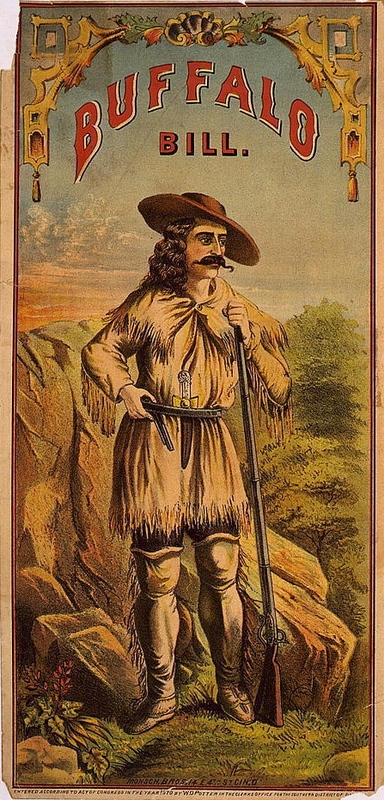Native American Stereotypes in Early Films
Buffalo Bill’s Wild West Shows was a nineteenth-century live show that was performed and recorded all over America and in Europe as well. Buffalo Bill’s Wild West Shows helped spread stereotypes about the ways Native Americans acted and dressed that later influenced Western films. In these shows, Buffalo Bill portrayed Native Americans as inhumane “savages” that terrorized colonists for little to no reason. He did this by creating various scenes that were performed in a way that a settler could be seen riding by, traveling with his families and the Native Americans would pass by on their horses and attack them. While the Natives were attacking the settlers, they would scream and yell at one another towards the settlers. They would also be carrying torches and their bows and arrows as they searched/burned the settlers’ belongings. This communicated the idea that the Native Americans were violent, had no compassion and were also responsible for the fact that Americans and indigenous people were constantly at war. In earlier films, Native Americans can be seen wearing little to no clothing with lots of feathers and beads in their hair as well as the little clothing they have on their bodies. The clothes that they did have on appeared to be dirty and or torn as well. Buffalo Bill’s Wild West Shows and other earlier films created the stereotype that Native Americans were violent “savages” that only responded to violence and then spread these stereotypes throughout the world. These stereotypes came from the various bloody Indian wars between the US and the Western tribes during the second half of the 19th century.
This video depicts various pieces of footage from Buffalo Bill's Wild West shows. Courtesy of The William F. Cody Archive: Documenting the Life and Times of Buffalo Bill.

